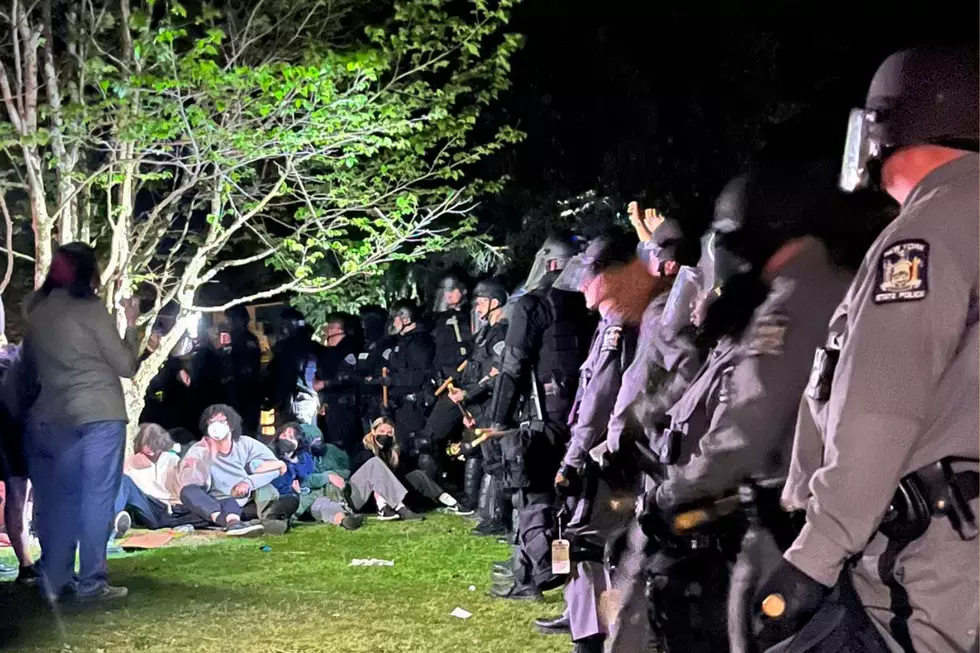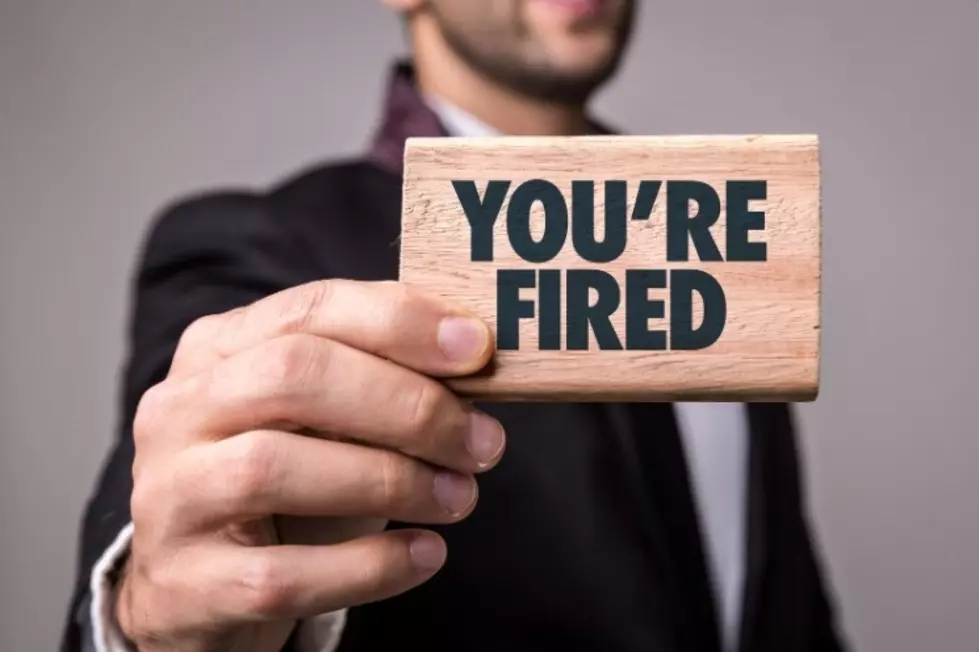
Here’s What Happens to Confiscated Fish in New York
The New York Department of Environmental Conservation (NYS DEC) is hard at work making sure the rules and regulations surrounding hunting and fishing are upheld, and sometimes that means they're left with massive amounts of contraband. But what happens after rangers seize illegally harvested animals?
In the beginning on July, an Environmental Conservation Officer (ECO) caught a family using an illegal net while fishing in the town of Clarence, NY. The 107 animals that were subsequently confiscated were about to go on a wild journey.
Illegal Use of Fishing Net in Clarence, NY
The case in Clarence, NY was just one of many examples of a New York hunter or fisher allegedly skirting the rules for their own benefit. In this particular case, the accused parties not only reportedly harvested too many fish, but shared that they were illegally using a net to fish (below) because their child "couldn’t catch anything with a fishing pole". Luckily, the fish wouldn't go to waste.
What Happens to Confiscated Fish in New York?
After the NYS DEC shared photos of the confiscated fish, the same question came pouring in. "What happens to the fish? Are they cleaned and donated to a food pantry, or just thrown away?", asked one curious commenter. "I never did understand why they pose with the dead fish... I mean what are they gonna do with them?? At least the other guy was gonna eat them!", said another. The NYS DEC's answer was a surprise to many.
Where NYS DEC Donates Confiscated Fish
The NYS DEC shared that in this particular case, the fish were headed to an animal sanctuary. "They were donated to Messinger Woods Wildlife Care and Education Center to provide the eagles with a tasty treat", they reported. This wasn't the only instance of confiscated seafood being donated.

In January of 2023, the NYS DEC shared that they had seized numerous "undersized" lobsters that were allegedly being sold at several New York supermarkets. Over 300 lobsters were eventually taken and donated to local food shelters in the area. In March of 2023, NY DEC officers fed illegally-harvested bass to animals at the Trevor Zoo in Millbrook, NY.



